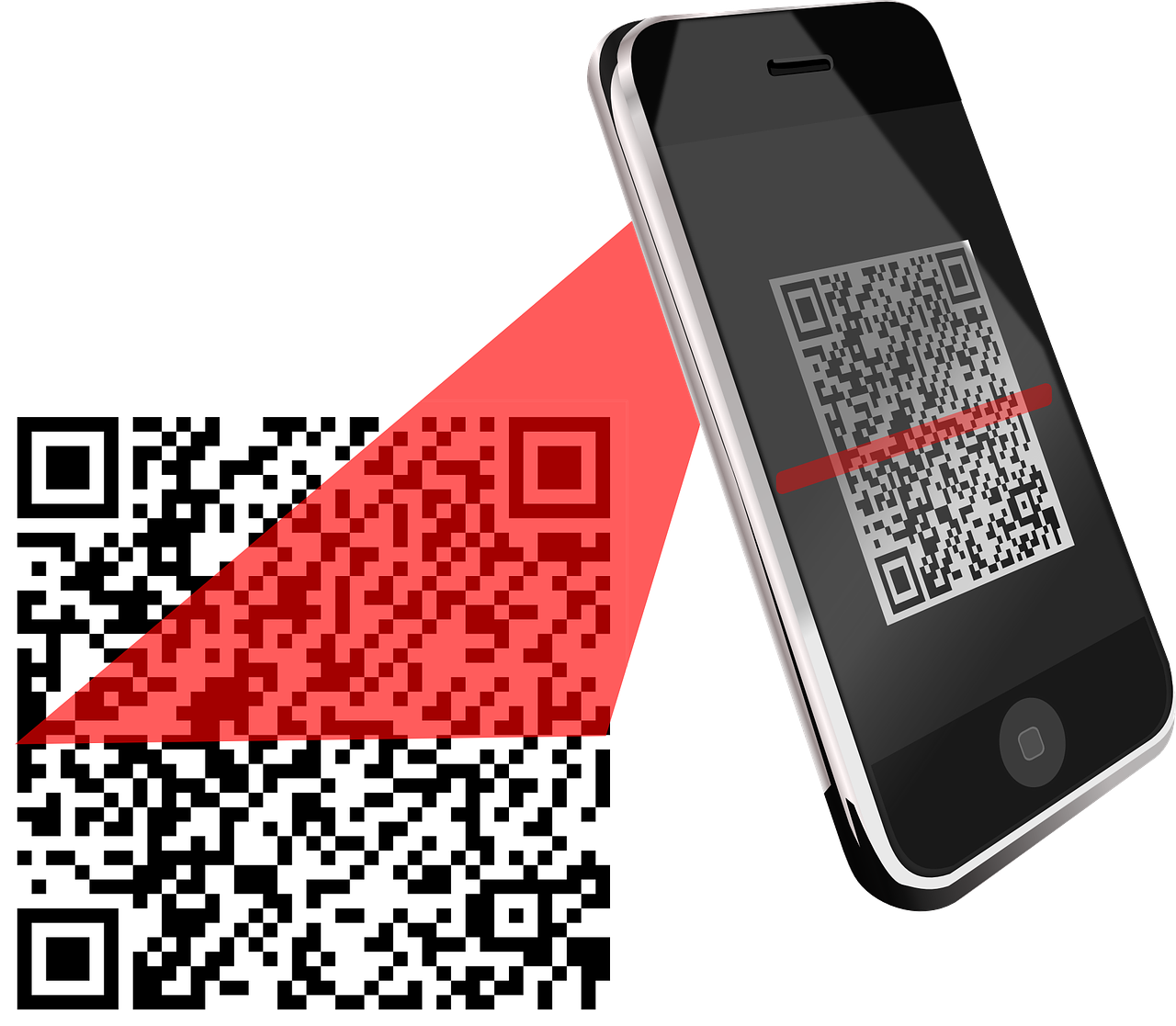3D Scanners – Applications in different domains
Although 3D scanners have not yet conquered the individual client market, and are rarely used at home, they are of great importance in numerous domains. The technique, which consists in collecting digital data from physical object and displaying it on a computer screen in a 3D format, offers many possibilities. It makes the work easier and more efficient, and significantly reduces production costs.
3D Scanners help specialists from numerous domains. Primarily, they are an essential element of reverse engineering, which consists in the analysis of an already existing object in order to prepare its project, control quality and allow for fast prototyping. Many industry branches use these types of solutions: aviation industry, automotive industry, energy industry, shipbuilding industry and rail industry to name a few. 3D scanners collect data from every object with great precision and allow for further analysis, changes and redesign. They also aid in making precise measurements, and in monitoring deformities or defects. The use of 3D scanner undoubtedly improves safety and quality of the product on which the engineers are working.
The industry is not the only domain in which 3D technologies are being used. The development of this technology has also a great impact on medicine. The possibility of scanning of the human body and creating virtual models of individual organs or body parts, allows for precise surgery planning, analysis of postural defects and diagnosis of birthmarks and injuries. 3D scanning is used for an extensive analysis and measurements, that are invaluable in surgery (this also pertains to plastic surgery). In orthopaedics and prosthetics, the scans allow for creating perfectly fitted prostheses.
3D scanning is also widely applied in archeology and in museums. In this case the process of 3D scanning is used for digitizing collections – archiving in digital format. 3D scanners make the emergence of virtual museums possible. Maybe in the future they will allow us to experience art at home, on the computer screen. Archeology uses 3D scanning for research – touchless scanning has no influence on the scanned object and the digital model can be safely analyzed or even modified.
3D scanners can be also useful for artists and people who deal with art in general. Scanning of sculptures and inputting their data into the computer database opens new possibilities of modifying, improving and scaling. And if 3D printers are applied, the artworks can also be copied. A slightly different kind of art is computer graphics, involving creation of special effects for movies and computer games. 3D scanners are also employed in these areas. Likewise in medicine, it starts with the scanning of human body and face in order to represent them precisely on the computer screen. Owing to this technology, computer games increasingly resemble movies with living actors.
If you are looking for company offering 3d scanning services visit evixscan3d.com
There are multiple applications of 3D scanning. It is becoming indispensable in many different areas of human work and life. It makes the work easier, reduces costs and aids in achieving better qualitative results. It also enables digitization of objects in a way, that not long ago was considered an element of science-fiction. Undoubtedly it is one of the most fascinating technologies of the recent years.

